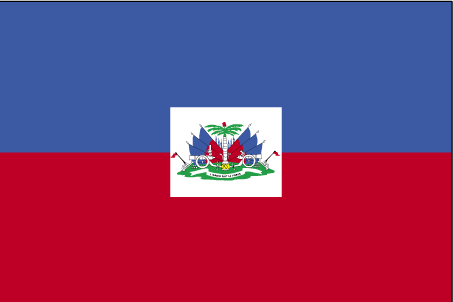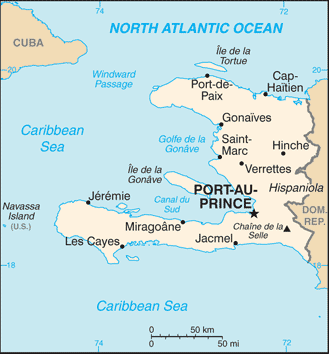Investing in Haiti


Haiti is a free market economy that enjoys the advantages of low labor costs and tariff-free access to the US for many of its exports. Poverty, corruption, and poor access to education for much of the population are among Haiti's most serious disadvantages. Over the longer term, Haiti needs to create jobs for its young workforce and to build institutional capacity. Haiti's economy suffered a severe setback when a 7.0 magnitude earthquake destroyed much of its capital city, Port-au-Prince, and neighboring areas in January 2010. Already the poorest country in the Western Hemisphere with 80% of the population living under the poverty line and 54% in abject poverty, the damage to Port-au-Prince caused the country's GDP to contract an estimated 5.1% in 2010. Two-thirds of all Haitians depend on the agricultural sector, mainly small-scale subsistence farming, and remain vulnerable to damage from frequent natural disasters, exacerbated by the country's widespread deforestation. US economic engagement under the Haitian Hemispheric Opportunity through Partnership Encouragement (HOPE) Act, passed in December 2006, has boosted apparel exports and investment by providing duty-free access to the US. Congress voted in 2010 to extend the legislation until 2020 under the Haitian Economic Lift Act (HELP); the apparel sector accounts for three-quarters of Haitian exports and nearly one-tenth of GDP. Remittances are the primary source of foreign exchange, equaling nearly 20% of GDP and more than twice the earnings from exports. Haiti suffers from a lack of investment, partly because of limited infrastructure and a lack of security. In 2005, Haiti paid its arrears to the World Bank, paving the way for reengagement with the Bank. Haiti received debt forgiveness for over $1 billion through the Highly-Indebted Poor Country (HIPC) initiative in mis-2009. The remainder of its outstanding external debt was cancelled by donor countries in early 2010 but has since risen to about $400 million. The government relies on formal international economic assistance for fiscal sustainability, with over half of its annual budget coming from outside sources.
Bank of Haiti - http://www.brh.net/
Learn more:
Back to Country Investing



